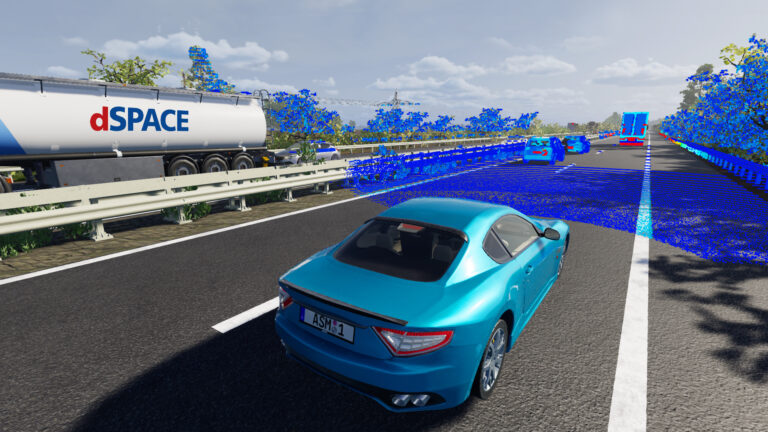Hesai Technology and dSpace have entered a technology partnership that aims to accelerate the development of ADAS and Level 4 autonomous driving applications.
Through the collaboration, dSpace has integrated Hesai lidar sensor models into the dSpace sensor simulation platform Aurelion, enabling developers to easily access Hesai lidar models via the simulation tool.
Aurelion can be operated both in the cloud and locally on the user’s premises and generates photo-realistic images for camera simulation in real time, using ray tracing to calculate realistic raw data for radar and lidar.
The system, according to the companies, can be implemented in all phases of the development process — for example, software-in-the-loop (SIL) testing, hardware-in-the-loop (HIL) testing or in parallel validation in the cloud.
With the integration of the Hesai lidars, developers of applications for autonomous driving can use high-quality lidar models on the Aurelion platform, which provides synthetic data for the development, testing and validation of systems and solutions.
“Models for the most commonly used Hesai lidar sensors are now part of our Aurelion sensor simulation platform. By expanding our technology partnerships with the world’s leading sensor manufacturers, we are extending our testing capabilities and reducing our customers’ costs from the development phase through to validation,” explained Caius Seiger, product manager of sensor simulation at dSpace.


